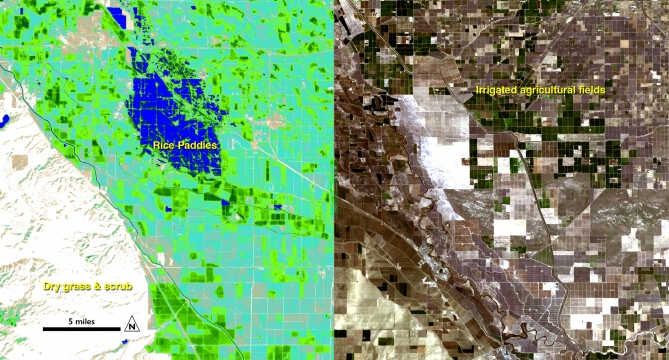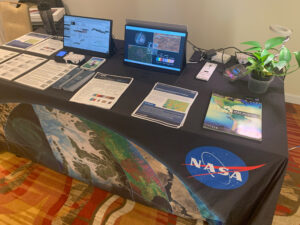This Earth Day, NASA and the U.S. Geological Survey celebrates the environment by looking back at some of the impressive data sets from Landsat, a joint mission of NASA and U.S. Geological Survey. Through these Earth images and others, scientists can monitor the place that over seven billion people call home. + more

Image courtesy of Ayse Kilic, University of Nebraska-Lincoln. The image was acquired on Feb. 26, 2014 from the Landsat 8 satellite.
Further Reading:
+ Environmental Watch with Landsat satellites

Landsat & LCLUC: Science Meeting Highlights
Outreach specialists from the Landsat Communications and Public Engagement team participated in community engagement efforts at the joint NASA and University of Maryland Land Cover Land Use Change (LCLUC) meeting.





